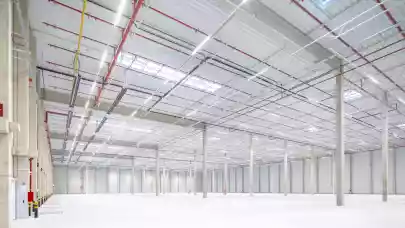
Concrete and the cement used as a binder in it have been found one of the major contributors to climate change. Cement production accounted for 7% of all global carbon dioxide emissions in 2018, a ratio unlikely to decrease in coming decades as concrete remains one of the most often used resources on Earth. This has made creating a technology that prevents large quantities of carbon dioxide from entering the atmosphere when concrete is poured necessary, according to an article by the World Economic Forum.
Given the scale of the industry and its greenhouse gas emissions, technologies that can reinvent concrete could have profound impacts on climate change.
Experts have been designing the next generation of concrete technology that can reduce the construction industry’s carbon footprint and increase durability. This includes CO2-infused concrete that locks up greenhouse gases and can be stronger and even bendable.
Because about 80% of concrete’s carbon footprint comes from cement, researchers at the University of Michigan have been working to find substitute materials. Industrial by-products are now frequently used to reduce the amount of cement needed, and the resulting concrete can have significantly lower emissions because of that change. Alternative binders can also reduce cement use. One study found that using limestone and calcinated clay could reduce emissions by at least 20% while also cutting production costs.
The newly developed composites produce a bendable concrete material that allows thinner, less brittle structures that require less steel reinforcement, further reducing related carbon emissions. The material can be engineered to maximize the amount of CO2 it can store by using smaller particles that readily react with CO2, turning it into mineral.
The CO2-based bendable concrete can be used for general buildings, water and energy infrastructure, as well as transportation infrastructure. Bendable concrete was used in the 61-story Kitahama tower in Osaka, Japan.



